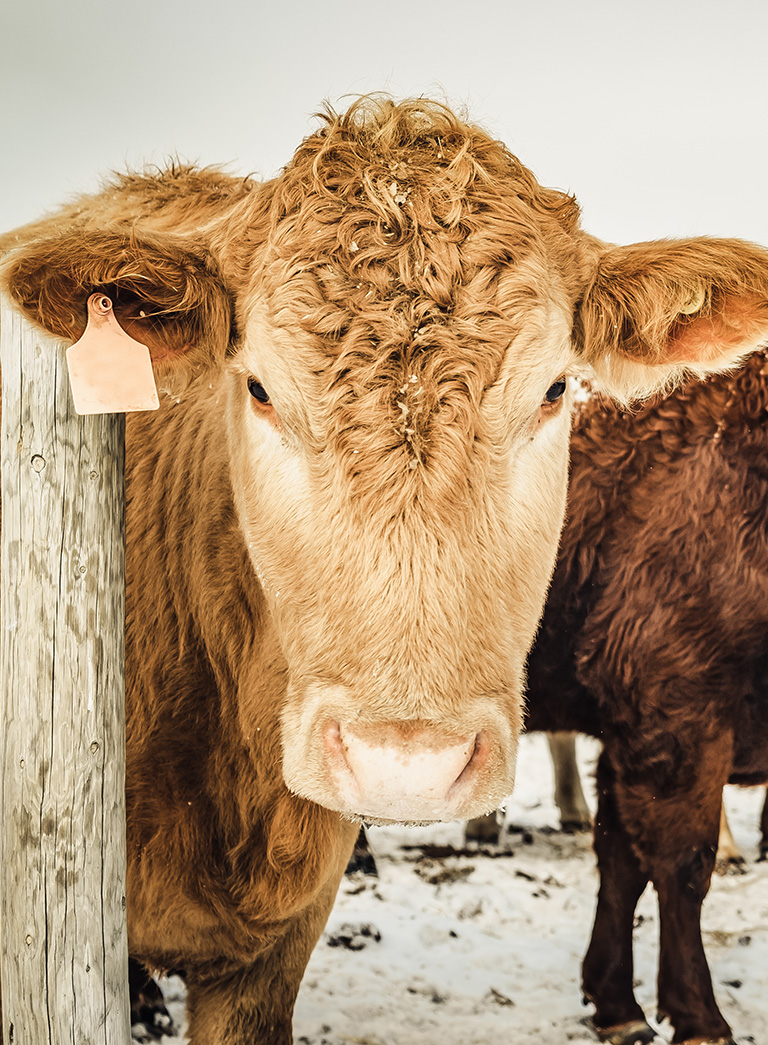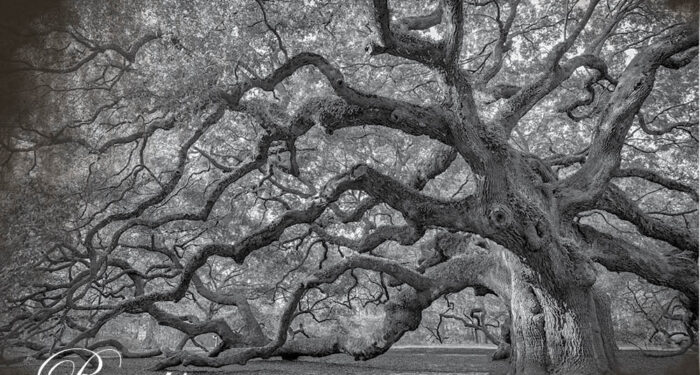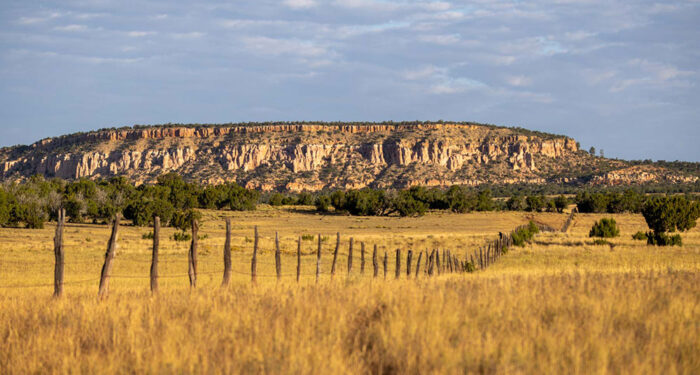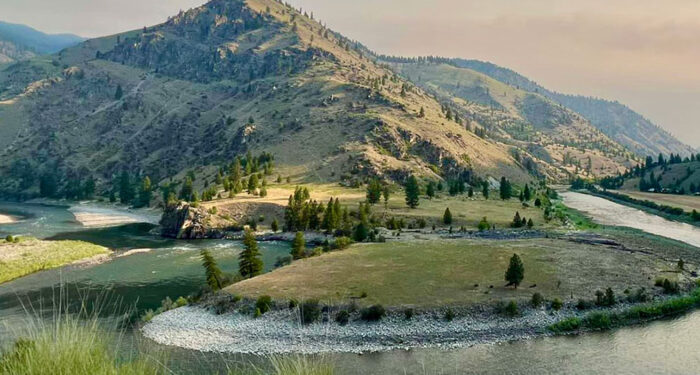Winter cattle grazing is an important aspect of managing operating cattle ranches, particularly in regions where the climate can be harsh during the winter months, such as the Nebraska Sandhills. Saving forage on pastures for use during only winter months can provide a valuable source of feed.
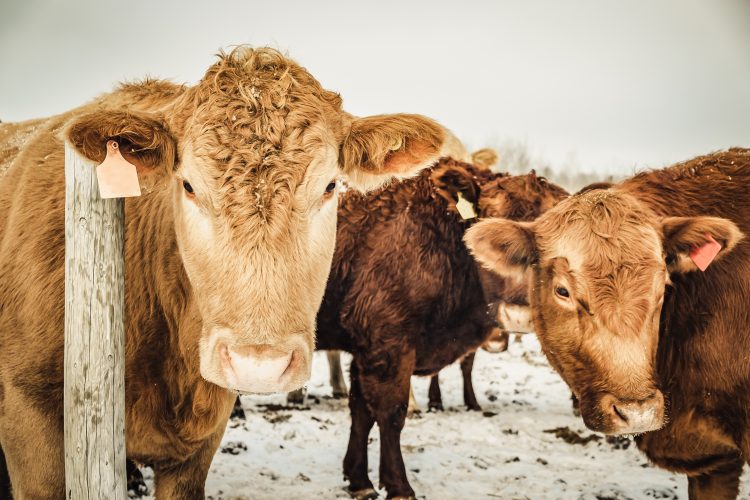
Year-round cattle grazing is an important management consideration in the Nebraska Sandhills and western Nebraska. With proper protein and mineral supplementation, cattle can be successfully grazed on dormant winter forage without high inputs of harvested feeds. Although, some hay may need to be fed during heavy snows or if available forage is lacking. Additionally, if precipitation is adequate, there may be opportunities to utilize regrowth on pastures that were grazed early in the previous growing season.
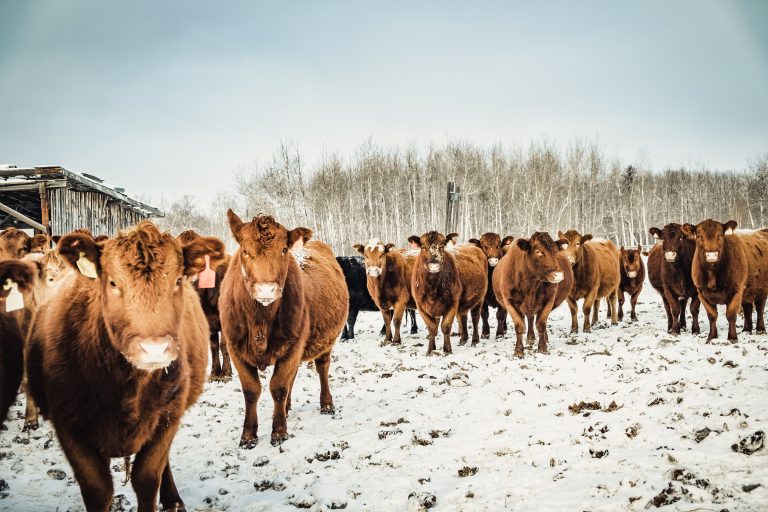
Here are three things to consider when grazing upland pastures during the winter.
- Timing of Grazing: It is important to consider the time when grazing occurs in the plant growth cycle to ensure carbohydrate reserves are sufficient for growth in the following year. If moisture and soil temperature are adequate, upland pastures with large amounts of cool-season grasses may still have green and growing vegetation late into the fall.
- Adequate Forage Availability: There are usually limited opportunities for regrowth on warm-season grasses when grazing occurs after mid-July. Return of cattle in the winter to pastures grazed from July through September should typically not be considered unless there is adequate forage availability.
- Utilization Rates: The general rule-of-thumb is to take half and leave half ( ̴50% total vegetation use), but if pastures are grazed in the winter, a slightly higher utilization rate ( ̴65% use) may be applied and not cause harm to subsequent-year herbage production. However, make sure grass stubble heights are typically no less than 3 to 4 inches and that there is sufficient litter ground cover. Leaving adequate residual forage and litter will reduce the risk of erosion and act as a “catch” for snowfall to increase soil moisture.
